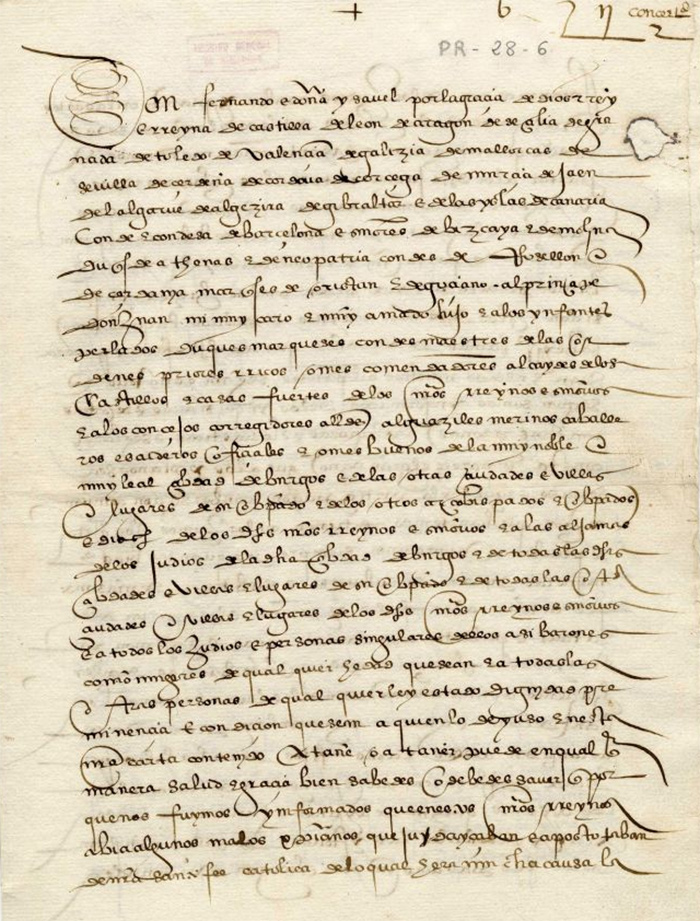On March 31, 1492, the Catholic Monarchs of Spain, Queen Isabella I of Castile and King Ferdinand II of Aragon, signed the infamous Alhambra Decree, ordering the expulsion of all Jews who refused to convert to Christianity.
This fateful edict marked a turning point in Jewish history, leading to the mass exile of Sephardic Jews and the formation of vibrant Jewish communities across the Ottoman Empire, North Africa, and parts of Europe.
THE EXPULSION OF SPANISH JEWRY
The Jewish community of Spain had thrived for centuries, contributing to fields such as science, philosophy, medicine, and finance. However, the rise of Catholic dominance and the Spanish Inquisition cast a dark shadow over their existence. Under the pretext of religious unity, the Alhambra Decree forced an estimated 200,000 Jews to either convert or flee. Those who stayed and converted—known as conversos—often faced suspicion and persecution, accused of secretly practicing Judaism.
THE SEPHARDIC DIASPORA
Following their expulsion, Sephardic Jews established communities in the Ottoman Empire (modern-day Turkey, Greece, and the Balkans), North Africa, Portugal, Italy, and the Netherlands. Many settled in the Middle East, where they were welcomed by the Ottoman Sultan Bayezid II, who recognized their economic and intellectual value. Ladino, the Judeo-Spanish language, became a cultural bond connecting Sephardic Jews scattered around the world.
GENETIC LEGACY AND HISTORICAL IMPACT
Centuries later, genetic studies suggest that up to 20% of Spaniards and 10% of Portuguese citizens have Sephardic Jewish ancestry. Despite forced conversions and centuries of suppression, the Jewish heritage left an indelible mark on Iberian culture, influencing cuisine, music, and even language. Today, Spain and Portugal offer citizenship to descendants of expelled Sephardic Jews, an acknowledgment of this historical injustice.
REMEMBERING A DARK CHAPTER
The Alhambra Decree remained in effect for over 500 years, only formally revoked by Spain in 1968. The legacy of this expulsion serves as a powerful reminder of the consequences of religious intolerance and the resilience of the Jewish people. Today, Sephardic Jews continue to preserve their traditions, ensuring that the memory of their ancestors' struggles and triumphs endures.
As we mark this solemn anniversary, it is crucial to remember the past and recognize the ongoing contributions of the Sephardic Jewish community to world history.
